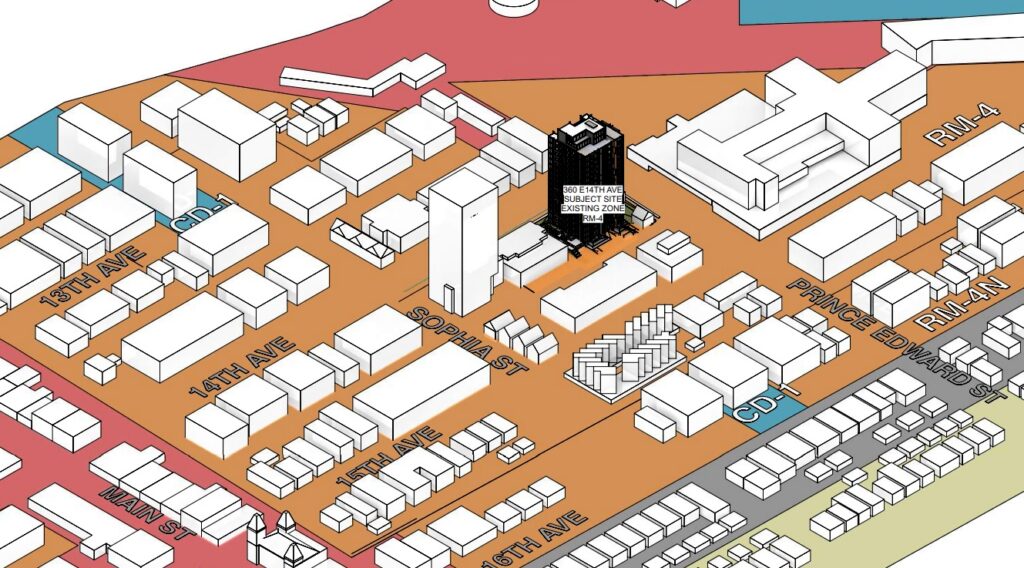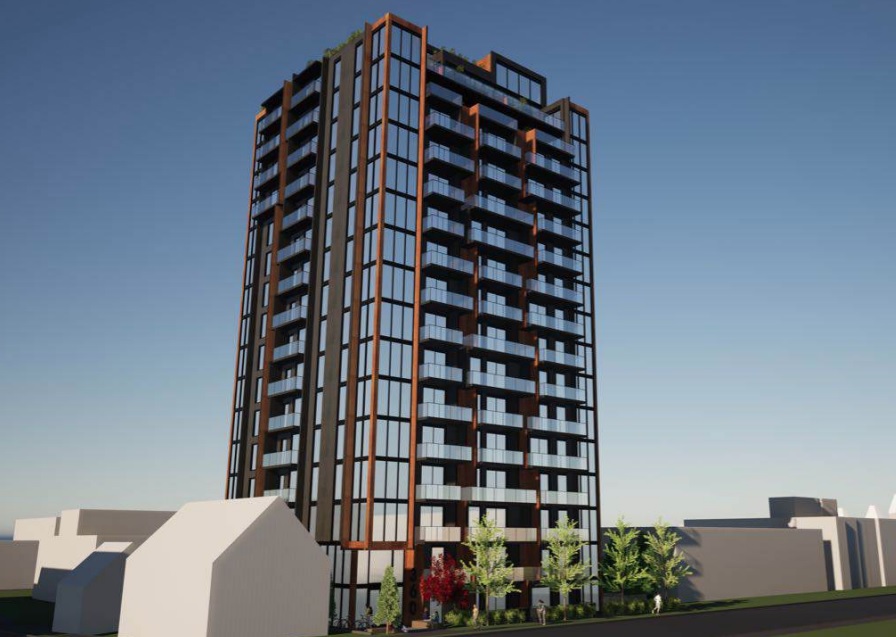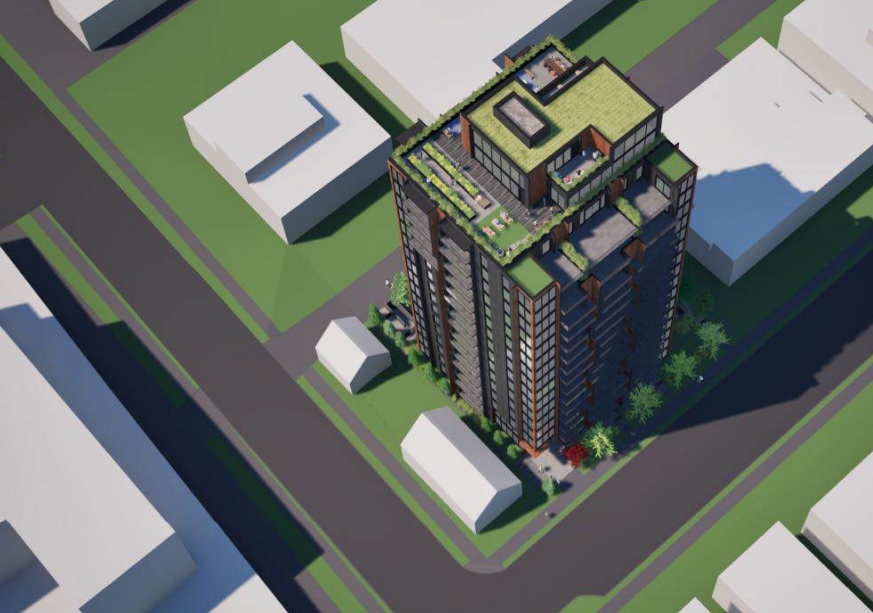Your outdoor space is a part of your home—and it deserves just as much thought and personality as your interiors. “Since the days of COVID, we’ve leaned heavily into outdoor living, and it’s changed the way we decorate our exteriors,” says home style expert Ursula Carmona. To help you bring the same level of intention and style to your backyard, patio, balcony, or porch, we tapped interior designers and experts at leading patio furniture brands. Read on for the patio furniture trends they’re seeing in 2025—and how to bring them to life in your space. Ursula Carmona is a content creator and home style expert. Sandra Smith-Fitzgerald is the senior vice president of merchandising at Frontgate, a home and garden retailer. Lindsay Schleis is a design expert and vice president of business development at POLYWOOD, an outdoor furniture brand. 1. Room Vignettes Think of your outdoor area as a true extension of your home—one with defined zones for how you actually live. “Start by considering the ‘rooms’ you wish to define and how you envision living within these spaces,” says Sandra Smith-Fitzgerald, senior vice president of merchandising at Frontgate. “Will it be a retreat? A place to host gatherings? Or an intimate spot for friends? Integral to outdoor living is the creation of distinct areas—like an outdoor living room, dining zone, relaxing retreat by the pool, or an outdoor kitchen for a complete alfresco dining experience.” Once the layout is in place, add layers of decor. “Don’t be afraid to bring the indoors out—cozy seating, layered textiles, styled vignettes,” says Carmona. 2. Elevate Small Spaces A sprawling patio isn’t a prerequisite for great outdoor design. A small balcony or backyard can shine with the right pieces. “We’re seeing a heightened demand for furniture solutions tailored to small or uniquely shaped living spaces,” says Lindsay Schleis, design expert and vice president of business development at POLYWOOD. “Limited square footage doesn’t have to equate to limited style. Consumers are getting creative to transform a tucked-away corner into a cozy nook with a deep-seated chair or find the perfect dining set to fit their balcony.” Finish the look with layered lighting, potted plants, and textured cushions to maximize comfort and visual interest. Related Credit: Rett Peek 3. Blend Modern with Traditional Modern design isn’t going anywhere—but now, it’s being softened with timeless touches. “New traditional style is about crafting a space that seamlessly bridges classic and modern aesthetics,” says Smith-Fitzgerald. “This results in an environment that is both comfortable and sophisticated, inviting yet cohesive, and—at its core—truly timeless.” Classics like Adirondack and rocking chairs remain evergreen staples, but when paired with streamlined forms and modern materials, they feel fresh and updated. “Blend classic silhouettes and colors with modern ones in furniture or accent pieces,” says Smith-Fitzgerald. “Then add layers of textiles, such as patterns and solids in rugs and pillows to infuse texture, comfort, and a dash of personality.” 4. Extend Patio Season with All-Weather Furniture Summer may be the official patio season for those who live in colder climates, but thanks to all-season furniture, patios and porches are becoming year-round destinations. “Our patios and porches are getting just as much love as our living rooms, which means durability and performance materials are a must,” Carmona says. Schleis is seeing the same: “Homeowners are extending their living spaces outside, where they can host friends and entertain at any time of year,” she says. “For that reason, all-weather dining, lounge, and fire pit table sets continue to grow in popularity.” 5. Design a Kid-Friendly Outdoor Space Outdoor design isn’t just for adults anymore. As more families invest in their exterior spaces, we’re seeing a rise in furniture collections made just for kids. “We launched our kids collection last year and it’s been met with enthusiasm,” Schleis says. “Parents are clearly eager to create comfortable and stylish outdoor areas specifically for their children, mirroring the adult spaces they’ve created.” Credit: Victoria Pearson 6. Infuse Nature into the Aesthetic Designers are embracing earthy tones and organic textures to help outdoor spaces feel grounded and serene. “Nature-inspired palettes and textures bring a sense of calm and relaxation to our busy lives,” says Schleis. “All shades of browns and natural, warm tones allow your furniture to both blend in with the environment while making a statement.” Look for woven accents, wood finishes, and stone-inspired materials that enhance the natural vibe. 7. Go Bold With Art Deco Decor The bold glamour of Art Deco is making a comeback—yes, even outside. Characterized by clean symmetry, curved forms, and metal materials, this iconic design style brings sophistication to patios and porches. “To incorporate Art Deco outdoors, opt for designs that provide a sleek foundation with refined details,” says Smith-Fitzgerald. “Introduce geometric patterns and colors through pillows and rugs and accentuate the area with brass items like lanterns and statuary for understated elegance.” Carmona has seen jewel tones trending both indoors and outdoors. To amp up the color when you’re entertaining, try emerald green cushions, sapphire blue rugs, or ruby red tableware. Credit: David Tsay 8. Play with Patterns Patterns are having a moment outdoors—from florals and stripes to geometric and global-inspired prints. “Seasonal motifs can complement any patio style, infusing fun and personality into your design,” says Smith-Fitzgerald, who says the key to adding pattern without overwhelming your space is balance. “Let these elements shine as focal points, ensuring they don’t









